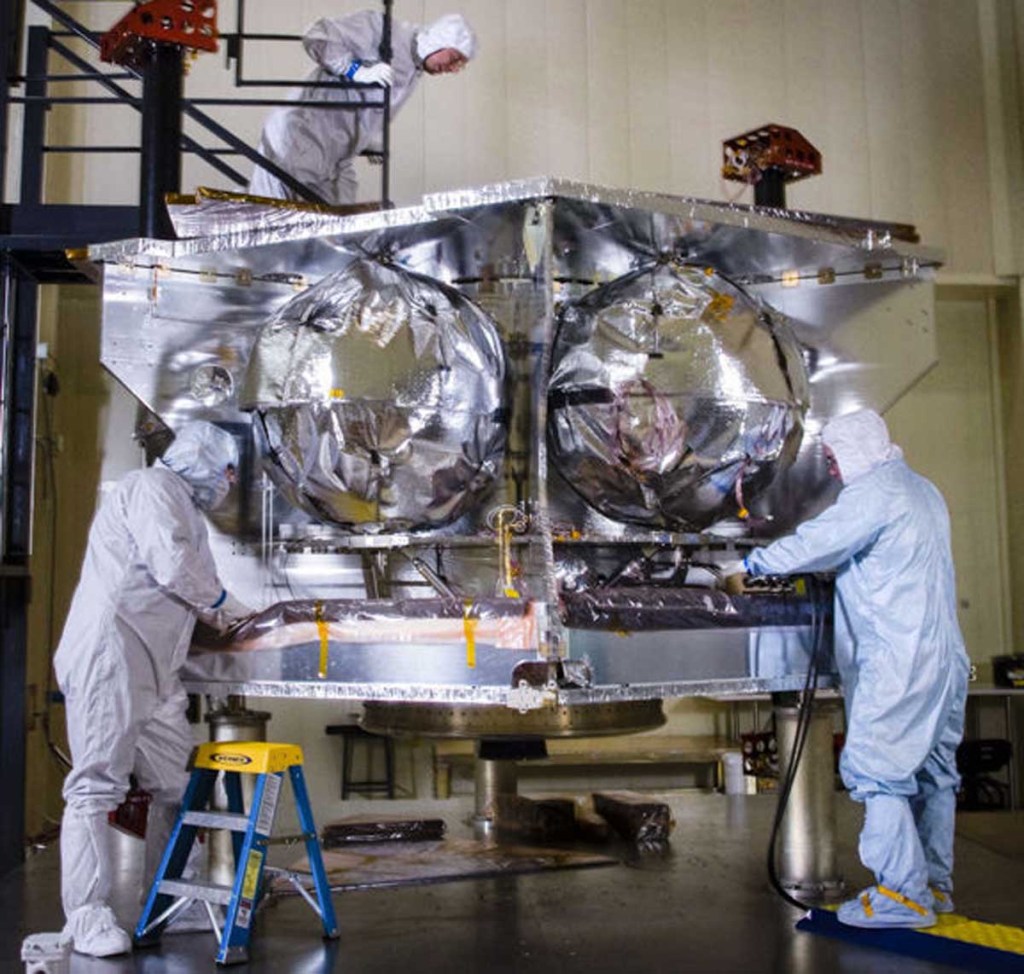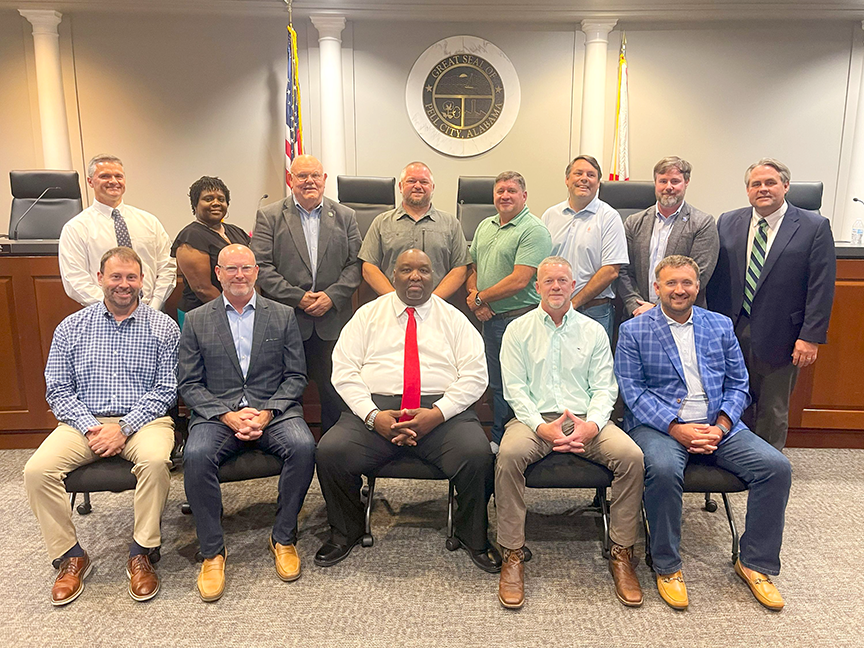From small town to outer space: Indiana engineer helps with NASA’s Juno mission to Jupiter
Published 1:35 pm Wednesday, July 6, 2016

- Assembly begain April 1, 2010 for NASA's Juno Spacecraft. Workers at Lockheed Martin Space Systems in Denver, Co. are readying the spacecraft's propulsion module.
NEW ALBANY, Ind. — At its closest approach, Jupiter is about 365 million miles away from Earth. Thanks in part to an engineer from a small town in southeastern Indiana, humans have gotten a bird’s-eye view of and may learn more about the largest planet in the solar system.
Karl Ammerman, a software engineer for Lockheed Martin, played a role in the completion of NASA’s Juno spacecraft, which successfully entered the Jupiter’s orbit late Monday night. He helped design computer programs that allow two of the science instruments on board to execute commands and report back to the spacecraft.
Computer engineering was always a general target for Ammerman growing up in New Albany, Indiana, but he never really envisioned assisting with a project that would help people learn so much about the solar system’s origins.
“I think I was a little bit numb [after learning Juno made it to Jupiter],” he told the Jeffersonville, Indiana News and Tribune by phone from Lockheed Martin’s Denver location. “It’s exciting, but here it is 10, 20 hours later and it’s really taking time for it to sink in. As more and more people come up and ask me my feelings and how that experience was, it’s starting to sink in how big this is.”
The craft launched five years ago, using an extended orbit around the inner solar system and Earth to slingshot itself to Jupiter. The instruments Ammerman helped with will measure the magnetic field around the planet and the water content of its clouds with infrared cameras.
The engineer said he began working on the software for those instruments in April 2009.
“It was my first opportunity within Lockheed Martin to work on the interplanetary missions,” Ammerman said. “Before that, I’d done a variety of other things in my six-year career. But this was the first time I got to work on the big flagship missions. I was extremely excited and really eager to get my feet wet and learn what all that entailed.”
Ammerman’s father, Bob, said he remembered his son’s academic excellence in high school, then later at Rose-Hulman Institute of Technology in Terre Haute, Indiana. At New Albany High School, Karl Ammerman and his friends always tried to best each other on assignments and grades, his dad recalled.
“He has always been one of the top academic students in his class going all the way through,” his dad said. “Fortunately, there were a group of about eight or 10 fellas who were competitive academically. He always had that good peer group around him. They always tried to outdo each other.”
Ammerman continued to strive for excellence at Rose-Hulman, where he was honored as the outstanding electrical engineering graduate of the class of 1996.
Ammerman’s parents tried to keep up with news of the space mission and were excited when they learned Juno had made it safely to Jupiter, knowing their son’s contribution to the craft.
“We are just extremely proud of Karl to think that he has that ability and those skills to even be invited as part of such project,” Bob Ammerman said. “To know that our son played a role in the success of a historic program, we’re popping a few buttons with pride. He can look back on this as years go by.”
Karl Ammerman joins the ranks of notable New Albany High School figures who have played a role in expanding humanity’s knowledge of space, including Edwin Hubble, who helped discover the universe’s continual expansion and for whom the Hubble Space Telescope is named. Hubble also taught for a short time at the school.
Ammerman said he’s no Hubble, but he wants students to know they can realize their dreams, even if they’re from a smaller town.
“I’d never put myself anywhere close to his name,” he said. “But it’s cool to show the students of today that with a little hard work and good fortune of being blessed, you can further contribute to our knowledge.”
Clapp writes for the Jeffersonville, Indiana News and Tribune.



